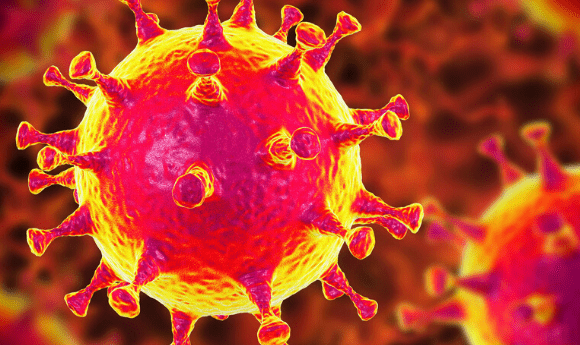Genome sequencing suggests undetected spread of coronavirus

Two genetically similar cases of coronavirus in Washington state suggest that the virus could be spreading undetected.
The USA’s first case of the now worldwide coronavirus (2019-nCoV) was confirmed in Washington state on January 20th. Now, a second case has been reported in the state, with a genomic presentation suggesting the two cases are related, despite the patients never having interacted.
Genetic sequencing of the two cases found that they both had one mutation that differed from the original virus, first detected in Wuhan (China). The second case had an additional three mutations, suggesting it was descended from the first by multiple generations, with more mutations occurring as the virus passed from person to person.
Though it is possible the two cases are unrelated, this is unlikely due to the rarity of the original shared mutation – found in only two out of 59 samples shared by China. “It’s extremely unlikely that two viruses coming from outside the USA independently would arrive in the same geographical area and be genetically related unless they were connected,” Andrew Rambaut (University of Edinburgh, UK) told The New York Times.
For the cases to be related, it would suggest that the virus has been spreading undetected throughout the state for over a month now, meaning any number of people could have the disease and not know it. Disease modeling experts believe that the most likely range is between 300 and 500 people, including those who have either had the disease and recovered, or are currently infected but unaware. These data are not exact figures and the true value could lie anywhere between 150 and 1500 people; a “best guess with broad uncertainty” is how Mike Famulare (Institute for Disease Modeling, WA, USA) described his estimates.
 On the hunt for a coronavirus vaccine
On the hunt for a coronavirus vaccine
Research teams across the globe are using a variety of techniques in a bid to rapidly develop a coronavirus vaccine for the current outbreak.
The second patient, a teenager, was unaware they were even being tested for the virus as their mild symptoms led them to believe they just had the flu. Their sample was shared with and tested by the Seattle Flu Study (WA, USA), which tested for a wide range of pathogens, including the novel coronavirus. The study has tested approximately 1000 samples from flu patients and only one has been found positive for coronavirus, suggesting it is not highly prevalent as yet.
Health officials believe that the delays in being able to test for the virus have led to the unknown transmission of the disease and slowed the identification of new cases. Initially, advice from the Centers for Disease Control and Prevention (GA, USA) recommended only testing people who met specific criteria: those who have visited China within 2 weeks of developing coronavirus-like symptoms, or those who have had contact with a diagnosed coronavirus case. In Washington, testing has only been available to health professionals for a matter of days.
“If we had the ability to test earlier, I’m sure we would have been able to identify patients earlier,” commented Jeffrey Duchin, the Seattle and King County (WA, USA) Health Officer.
Since state labs have been granted the ability to test for the virus themselves, more cases have been confirmed. Now, the researchers are working to trace how each case may be linked, looking at the genetics of each case to determine the viral evolution. With more genetic information available, infectious disease researchers hope they will be able to see how all the cases relate and aim to have answers within the week.
In the meantime, the Governor of Washington, Jay Inslee, has declared a state of emergency in the state, and has stated that steps may need to be taken in order to slow the spread of the virus, such as closing schools and canceling sporting events.